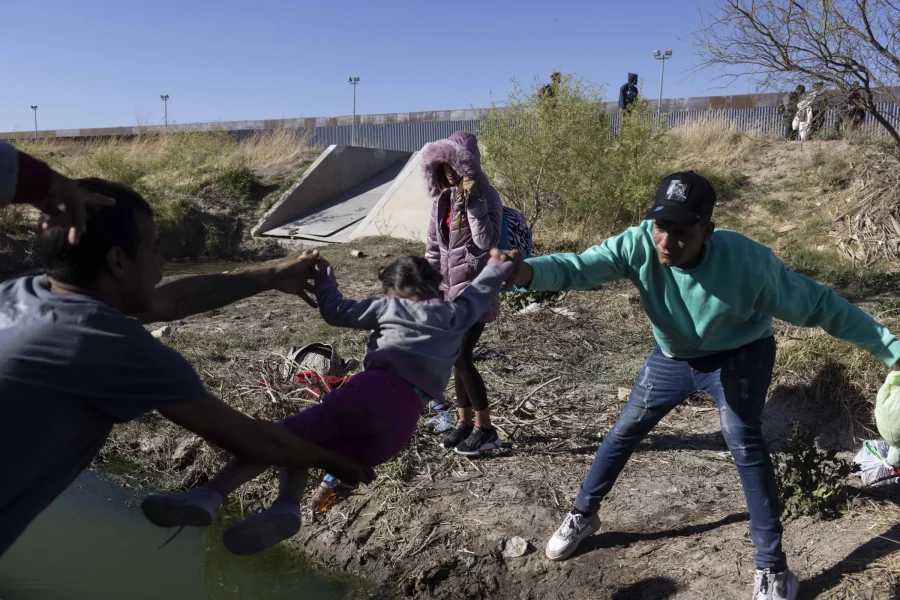The deadly fire at a migrant detention center in northern Mexico last week has put a spotlight on why, amid harsh U.S. immigration policies, migrants continue to make the dangerous journey north.
What makes conditions at home so untenable that they outweigh the hostilities of the migrant trail or the chance of being turned back at the border?
The 39 men killed and dozens wounded in the Ciudad Juarez blaze came from Guatemala, Honduras, El Salvador, Venezuela and Colombia — countries beset by political instability, poverty or violence.
Those conditions, as well as natural disasters, or inequality worsened by the pandemic, are driving people north. Pandemic travel restrictions had limited migration, but the number of travelers increased again in 2021 as the constraints started to lift.
Mexico, which accounts for the highest number of border crossings, has agreed to accept those turned out of the U.S. under Title 42, a public health policy that allows agents to quickly expel asylum seekers and block access to the U.S.—Agencies










